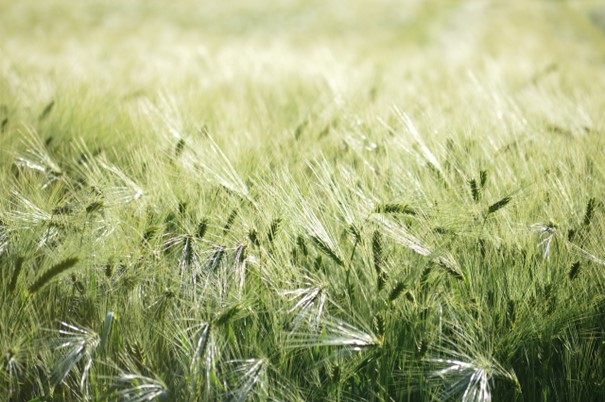The golden grain cycle
Cereals tend to trade at or near their cost of production until there is a supply disruption at which point prices have historically moved dramatically higher. Over time, as production increases and/or demand decreases, stocks build up again and prices trend back towards the cost of production again. The grain cycle in grain markets is, at its core, cosmic. Consider that growing seasons are dictated by the tilt of the earth’s axis in proximity to the sun. As such, there is only one harvest per year, in North America. There are years when production exceeds demand and prices are low. Alternatively, there are years when production lags behind demand and prices rise. The variability of production in the face of steady, and often growing, demand sets the stage for the grain market cycle. This cycle has been repeated throughout history and offers those who recognize the cycle an opportunity for potential profit. That’s why we refer to the cycle as the golden grain cycle.
To observe
Typically, cereal production exceeds demand. The surplus is held in stocks to be drawn down in years when demand exceeds production. When production exceeds demand, market prices will be pulled towards the cost of production, effectively squeezing a farmer’s profit margins. Lower profit margins can, and often do, result in fewer hectares being planted. Historically, we have seen that when market conditions change and prices rise, farmers reverse course and plant more acres. This cycle played out in textbook form over the previous decade (2010-2019). In 2010 – 2012, a La Niña weather pattern led to poor growing conditions in key areas across the world. As such, maize production lagged behind demand and prices rose significantly higher, from around USD 3.50 per bushel to more than USD 8.00 per bushel at peak levels. Higher prices gave US farmers the incentive they needed to plant more acres. Between 2010 and 2012, US farmers devoted an additional 9.1 million acres to corn production. This represented an increase of more than 10% over two crop years. The additional plantings led to increased harvests and US maize stocks started to grow. In 2016, first-month corn futures traded back near production costs which we estimate at around USD 3.50 per bushel. Corn continued to trade at or near the cost of production for the rest of the decade.
Will the cycle be repeated?
The grain cycle has been repeated time and again. Yet the historical repetitive nature of this cycle does not guarantee that it will continue indefinitely. New technologies can lead to increased yields and more consistent production. Demand can fluctuate as consumer trends change. For example, this could mean an increased use of biofuels compared to, say, animal feed. Nevertheless, the law of supply and demand almost guarantees that when supply shrinks or grows relative to demand, prices will go up or down. Today, cereal prices are at a historically high level. As such, it is likely that production will increase over the next 1-2 crop years, helping to rebuild supply and thereby push prices back towards the cost of production. This is not to say that we have seen the peaks, although we may well have. However, this is to say that at some point we believe prices will fall back towards the cost of production.
Timing versus Time In
To be sure, prices can (and historically have) moved sideways for significant periods of time.
About the Vikingen
With Vikingen’s signals, you have a good chance of finding the winners and selling in time. There are many securities. With Vikingen’s autopilots or tables, you can sort out the most interesting ETFs, stocks, options, warrants, funds, and so on. Vikingen is one of Sweden’s oldest equity research programs.
Click here to see what Vikingen offers: Detailed comparison – Stock market program for those who want to get even richer (vikingen.se)













